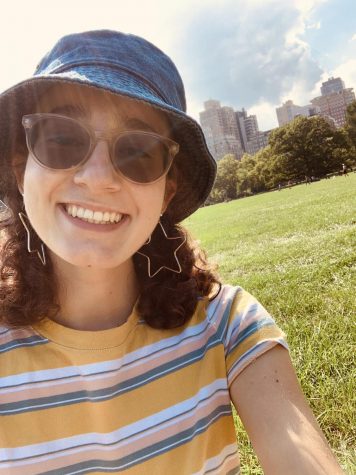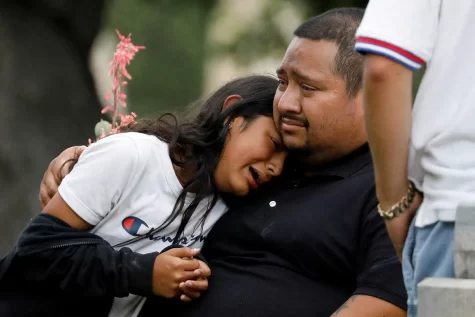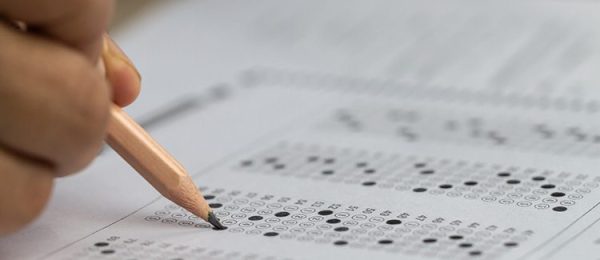Opinion: Meditation is crucial to high school learning
According to the Washington Post, 75% high school students describe themselves as “often or always feeling stressed about school work” and 66% reported being “often or always worried about being accepted into their chosen college.” Adding this to the stress of social and family issues, extracurriculars, and a major global pandemic creates a highly anxiety-laden environment. As a high school student, I have experienced this stress first hand. Fortunately, John Jay has an outstanding counseling center and supportive teachers, but there is more that can be done to promote the well-being of students.
As mindfulness is gaining popularity in schools, many educators have begun to include meditation initiatives in their curriculum. Meditation, which can be practiced in many ways, creates calmness, awareness, and feelings of well being. It is proven to lower blood pressure and heart rate, improve blood circulation, and decrease anxiety. According to Upwell Health Collective, “ Studies conducted on over 1,800 students from all around the world have found that meditation improved mental well-being, academic skills, and social abilities in students .” Meditation practices can include deep breathing exercises, concentrating on a specific thought, or following along with a guided meditation. Adding meditation to the already packed school day may seem daunting, but it is actually quite doable. Educators can lead students in meditation or simply play a guided meditation audio for students to follow along with for as little as one minute.
Educators at John Jay have already begun implementing meditation for students. I remember meditating in the library during Wellness Day in 2019. Students were encouraged to lay our heads on the desk and close our eyes, while a guided meditation played from a speaker. I left feeling calm, rejuvenated, and wishing I had the chance to meditate in school more often. I also had a teacher who held a minute-long meditation session before each test. We would close our eyes while he played relaxing music. After the minute was up, my anxiety for the test had decreased tremendously. However, most John Jay teachers do not promote meditation during their classes, largely because it would detract from valuable learning time as class periods are only 40 minutes long. Despite this challenge, there are still many feasible ways to bring meditation into the John Jay curriculum.
One way to do this would be to include meditation in the physical education classes. Because the physical education department already has its own curriculum, meditation sessions could occur during one class each month, or even each quarter. Physical education and health teachers could also post approved guided meditation videos to their schoology pages. Another option is to have a school-wide meditation session during morning announcements, where the administrator who leads the announcements could encourage students to close their eyes and silently focus on their breath for one minute. Teachers would be encouraged to participate as well! The goal would be to provide students with the tools to practice meditation in their daily lives.
Without a doubt, including meditation in the John Jay curriculum would boost the mental and physical health of students and teachers alike, and create a less stressful school environment.








